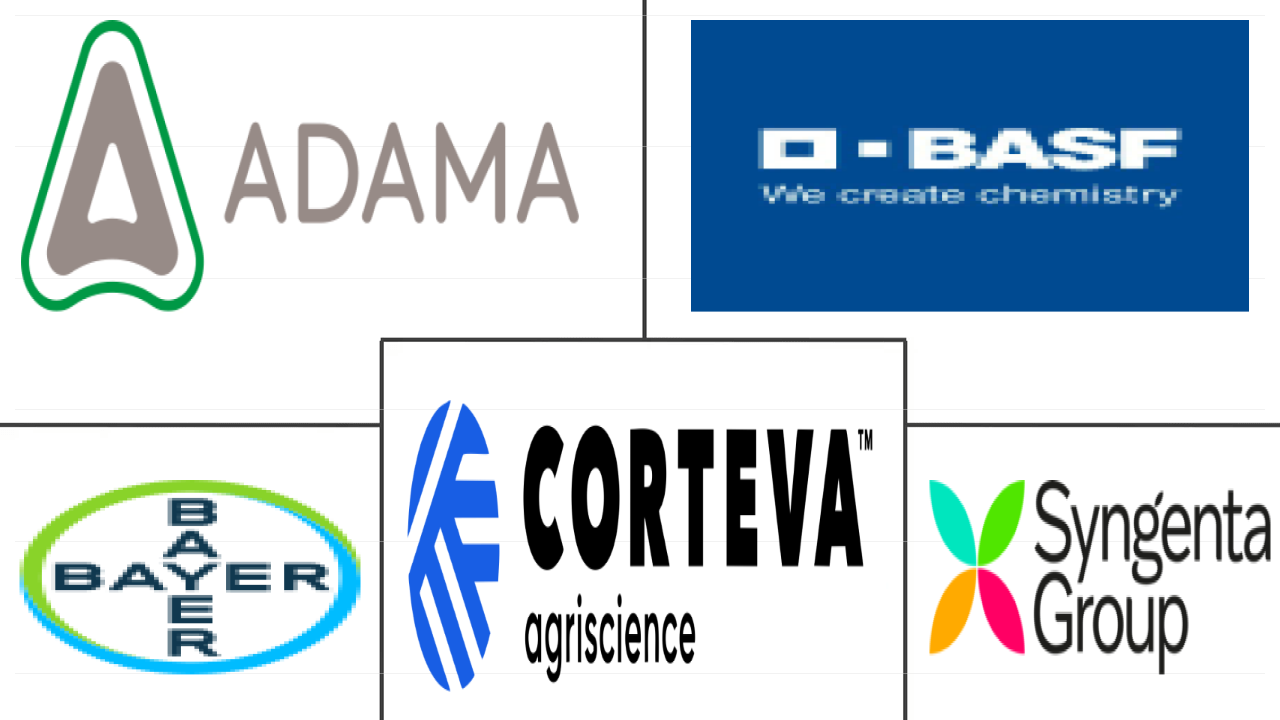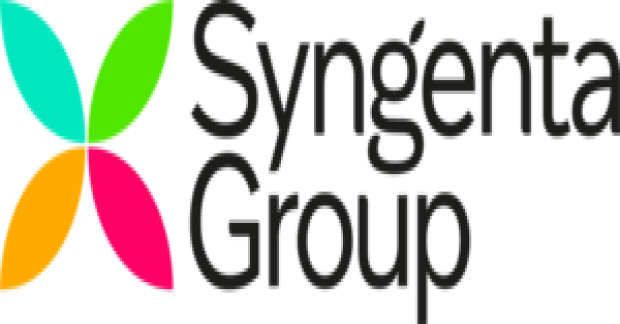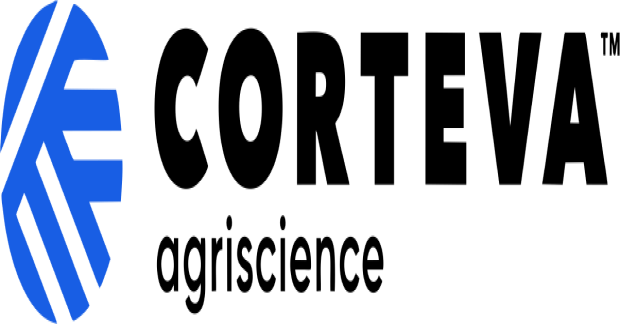Market Size of south america herbicide Industry
| Icons | Lable | Value |
|---|---|---|
|
|
Study Period | 2017 - 2029 |
|
|
Market Size (2024) | USD 18.42 Billion |
|
|
Market Size (2029) | USD 23.87 Billion |
|
|
Largest Share by Application Mode | Soil Treatment |
|
|
CAGR (2024 - 2029) | 5.32 % |
|
|
Largest Share by Country | Brazil |
Major Players |
||

|
||
|
*Disclaimer: Major Players sorted in no particular order |
South America Herbicide Market Analysis
The South America Herbicide Market size is estimated at 18.42 billion USD in 2024, and is expected to reach 23.87 billion USD by 2029, growing at a CAGR of 5.32% during the forecast period (2024-2029).
18.42 Billion
Market Size in 2024 (USD)
23.87 Billion
Market Size in 2029 (USD)
8.88 %
CAGR (2017-2023)
5.32 %
CAGR (2024-2029)
Largest Segment by Application Mode
49.52 %
value share, Soil Treatment, 2023
Soil treatment of herbicides can create a barrier in the soil, preventing weed seeds from germinating and thus reducing weed pressure throughout the growing season.
Largest Segment by Crop Type
48.29 %
value share, Pulses & Oilseeds, 2023
Amaranthus palmeri is among the main weeds found in oilseed-producing regions of Brazil and Argentina. The average yield loss in soybeans was recorded between 20.28% and 62.8%.
Largest Segment By Country
63.68 %
value share, Brazil, 2023
Herbicide usage in grains and cereals in Brazil is high due to a substantial annual loss of about 1.0 million tons of rice, roughly amounting to 8% of the national rice production.
Leading Market Player 1
13.49 %
market share, Syngenta Group, 2022

The company invests more than USD 1.3 billion per year in global R&D to develop advanced, innovative technologies and products to address farmers' crop protection challenges.
Leading Market Player 2
8.67 %
market share, Corteva Agriscience, 2022

Through programs like Open Innovation and collaborations, the company focuses on fundamentally reframing solutions to work together to provide innovative herbicides.
The rising demand for agricultural products and a focus on managing weed effectively are strengthening the market's growth
- Chemigation accounted for 20.0% of market value in 2022. It is a popular choice in areas with well-developed irrigation infrastructure. The rising adoption of drip irrigation systems is expected to fuel the market's growth in the coming years.
- Foliar holds the major share and is expected to record a CAGR of 5.1% during the forecast period (2023-2029). Herbicides are applied directly to the leaves of plants, where they are absorbed and translocated throughout the plant to control unwanted vegetation. It is common practice in agriculture, allowing for targeted and efficient weed control while minimizing herbicide usage.
- The fumigation method is anticipated to witness a growth of USD 98.3 million between 2023 and 2029. This method involves using gaseous herbicides to control pests and weeds in soil or enclosed spaces, such as greenhouses. It is commonly used to treat large areas and is especially effective against soil-borne pests.
- The soil treatment segment is expected to record a CAGR of 5.4% during the forecast period (2023-2029). This method involves applying herbicide directly to the soil to control weeds before planting or managing persistent weed issues. Soil treatment can help create a favorable environment for crop establishment and growth.
- The South American herbicide market is expected to grow by a value of USD 6,296.8 million during the forecast period (2023-2029). The demand for herbicides in South America is influenced by the adoption of these application methods to control weed growth effectively and maximize crop yield. Changing agricultural practices, crop types, weed pressure, and pest management strategies are driving the demand for herbicide products.
The growth was driven by rising awareness about the benefits of weed control and its impact on yield
- South America accounted for 42.7% of the total global herbicide market in 2022. The herbicide market in South America is experiencing growth in various regions, including Argentina, Brazil, Chile, and the Rest of South America. These countries are major agricultural producers with vast expanses of farmland; therefore, the use of herbicides becomes crucial to manage weed populations and ensure optimal crop yields.
- In 2022, Argentina held a 28.1% share of the South American herbicide market, registering a CAGR of 5.6%, which was the fastest compared to other countries. With the rising demand for food and agricultural products, farmers in Argentina may expand their cultivation areas and intensify crop production, leading to a greater need for herbicides to control weeds.
- Brazil held a major share of 63.7% in the market and is expected to register a CAGR of 5.2% during the period. Farmers in the country are becoming increasingly aware of the benefits of weed control and the impact of weeds on crop yields. Rising crop losses due to weeds may lead to higher adoption of herbicides.
- Weed resistance to certain herbicides can be a significant challenge for farmers. As a result, they may switch to newer herbicide formulations or modes of action, driving demand for these alternatives. Due to these factors, the consumption of herbicide is expected to increase by 504.6 thousand metric ton during the period.
- The South American herbicide market is projected to record a CAGR of 5.1% during the forecast period (2023-2029). The rising crop losses, the need to protect crops, and increasing awareness of weed control, coupled with rising demand for agriculture products, are driving the growth of the market.
